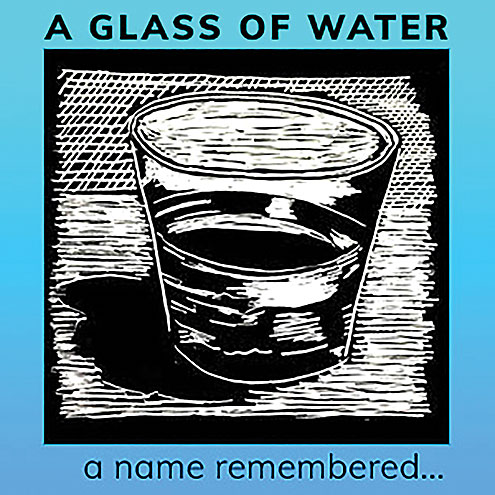By Joe Ortiz
Editor’s note: This is the second in an ongoing series. One morning I came downstairs for breakfast and found my wife, Gayle, seated at our large dining-room table, laboring over a sea of notes.
•••
When I came closer, I saw the anguish on her face. Gayle sighed deeply, clearly exasperated by her task. I knew the feeling: I’d been there many times myself.
 Before I could say good morning, she went into the kitchen for a glass of water. As she turned on the faucet, she took a deep breath and her shoulders relaxed; something had suddenly occurred to her.
Before I could say good morning, she went into the kitchen for a glass of water. As she turned on the faucet, she took a deep breath and her shoulders relaxed; something had suddenly occurred to her.
Without even taking a sip, Gayle put the glass down and rushed back to the table, invigorated and visibly moved by some flash of insight about her project.
As most of us know from experience, breakthroughs like Gayle’s often come at the oddest times: when we’ve given up hope, when we don’t care, when we’ve stopped seeking a solution; or when we break for exercise or rest. These revelations not only seem to arrive when we turn away from the task at hand but also when the searching has become too intense.
Think back on a time when you forgot someone’s name and it haunted you to a point of frustration.
Then, when you finally give up and move on to something else, that name pops into your mind.
While these revelations may seem to arise out of nowhere, they actually are fueled by our intense preparation; they arrive after we’ve honed our craft, our tools laid out in front of us — or, as with Gayle, her notes scattered everywhere — in a galaxy of ideas floating around on our desks or in our minds.
As it turns out, there are ways of creating the conditions that bring about such moments with reliable frequency.
What if we could identify the factors that spark creative breakthroughs and learn to call on inspiration at will?
What if we could learn to treat a flash of insight not as a serendipitous gift from the muse, but as a skill to be honed through our commitment to the details of our craft?
As we’ll see in coming installments, such mastery is possible—and practiced artists of all types can show us how it’s done. Even readers who feel they don’t have artistic leanings will be able to demystify the process of generating new ideas, or images by learning to “escape” into creative thinking.
What You Can Do: For starters, when your thinking starts to stall, get up and fetch a glass of water. You may find out how letting go for a moment can spark a new thought, idea, or revelation, re-opening the mental flow.
•••
Reader response: I’d love to hear your comments and questions. Email me at [email protected]



